The powder coating is electrostatically sprayed, and then heated and baked to melt and solidify, so as to form a flat and bright permanent coating film, to achieve the purpose of decoration and anti-corrosion.Powder spraying process has the following advantages:
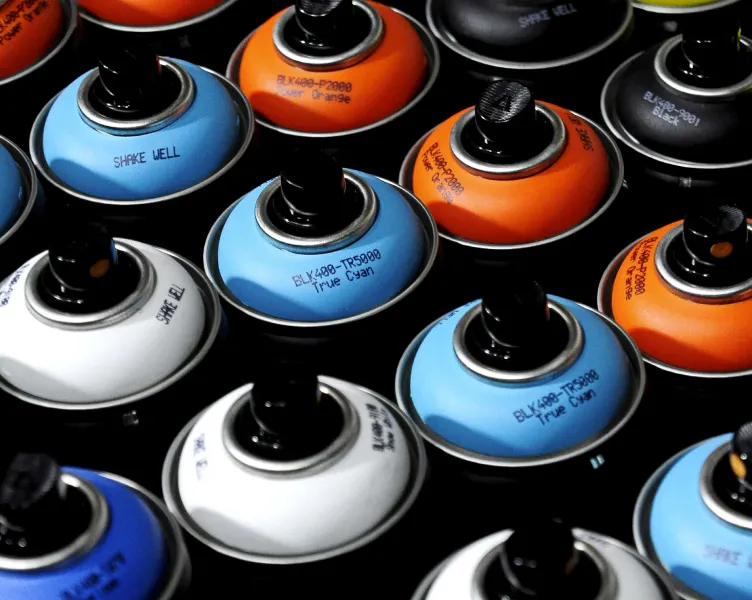
a coating can get a thicker coating, such as coating 100 ~ 300μm coating, with ordinary solvent coating, about 4 ~ 6 times, and with powder coating can reach the thickness once.
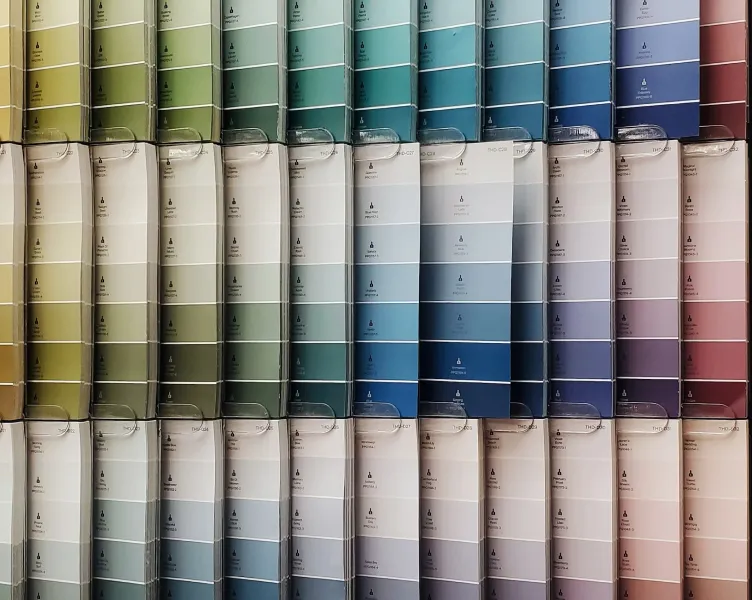
powder coating does not contain solvents, no pollution, improve labor health conditions.
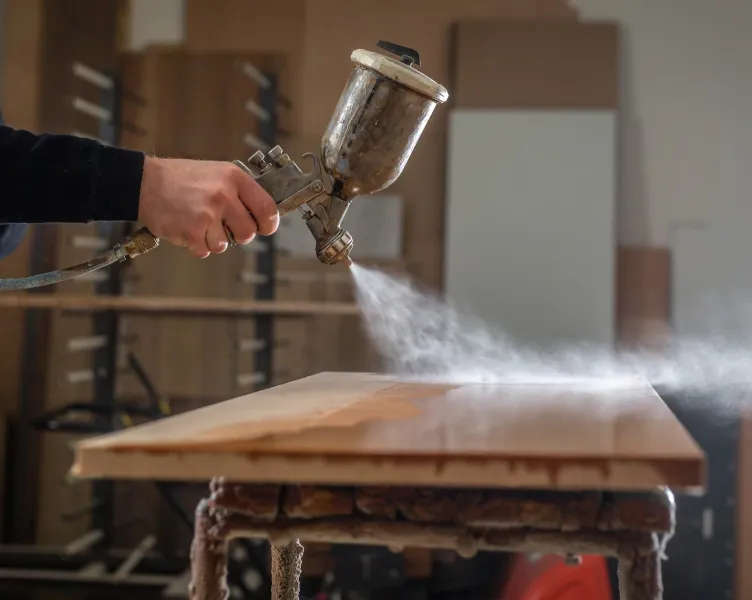
powder electrostatic spraying process has the characteristics of high efficiency, excellent coating, cost saving, etc., generally suitable for automatic line painting.
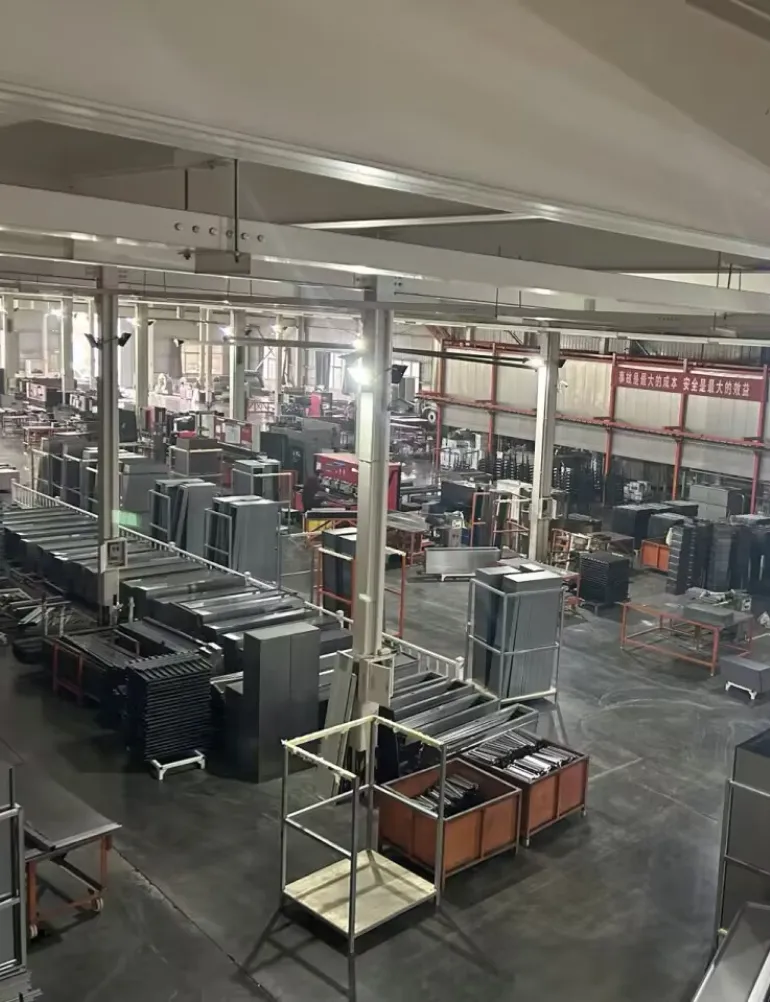
chemical pretreatment: oil removal → rust removal → cleaning → phosphating.
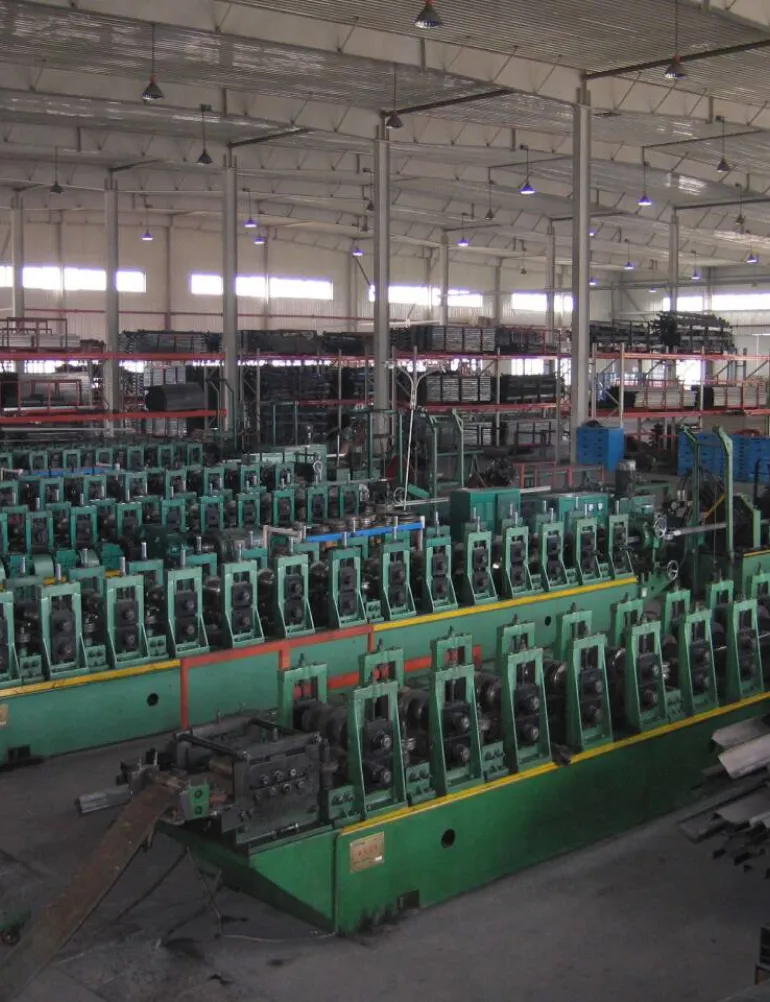
The workpiece enters the spray gun position in the powder room through the conveyor chain to prepare for spraying. The electrostatic generator releases high voltage static electricity (negative electrode) to the space in the direction of the workpiece through the electrode needle of the nozzle of the spray gun.
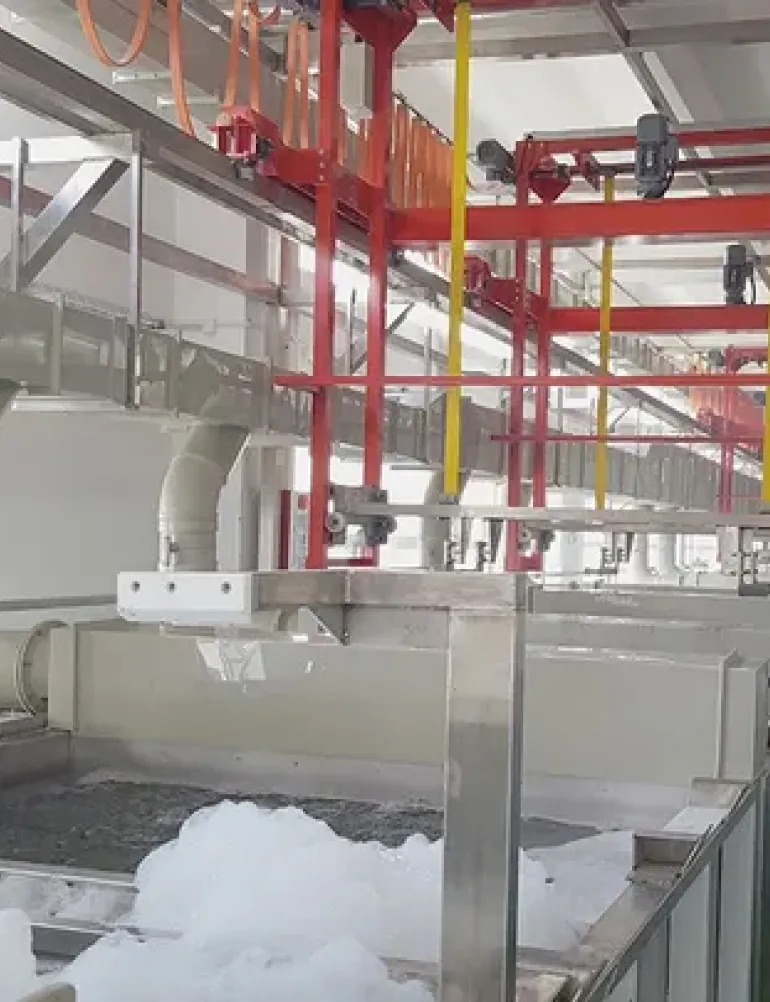
sprayed workpiece is heated in the drying room at 180 ~ 200℃ through the conveying chain, and the corresponding time is kept warm (15-20 minutes) to melt, level and cure.
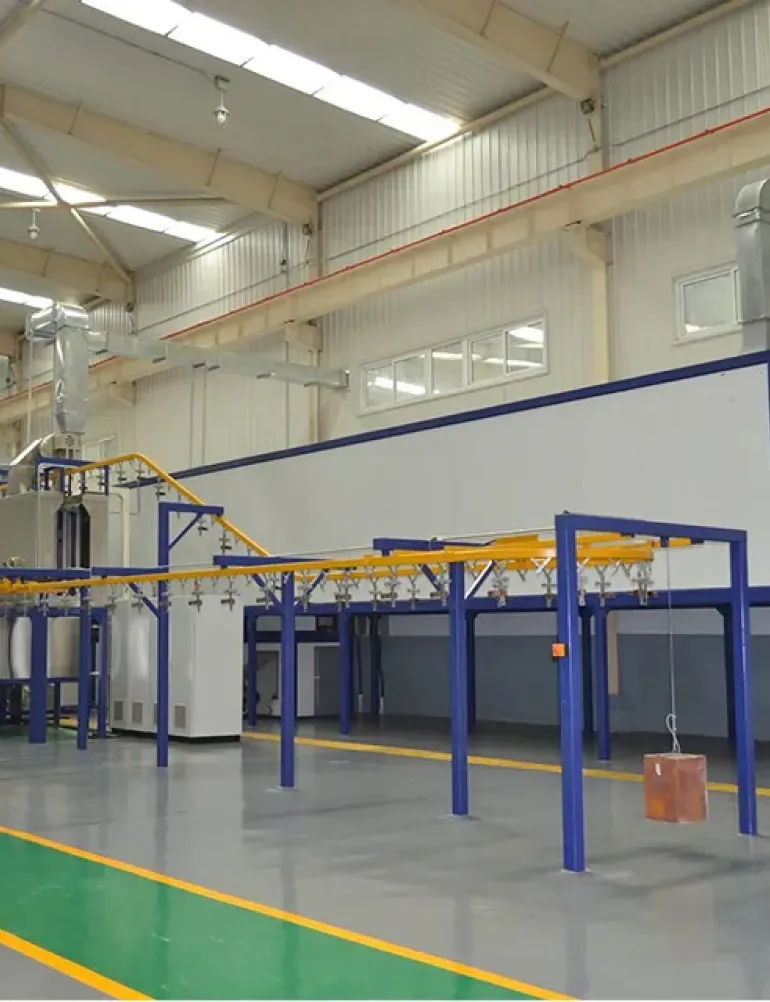
after the coating has cured, remove the protective material and trim the burrs.
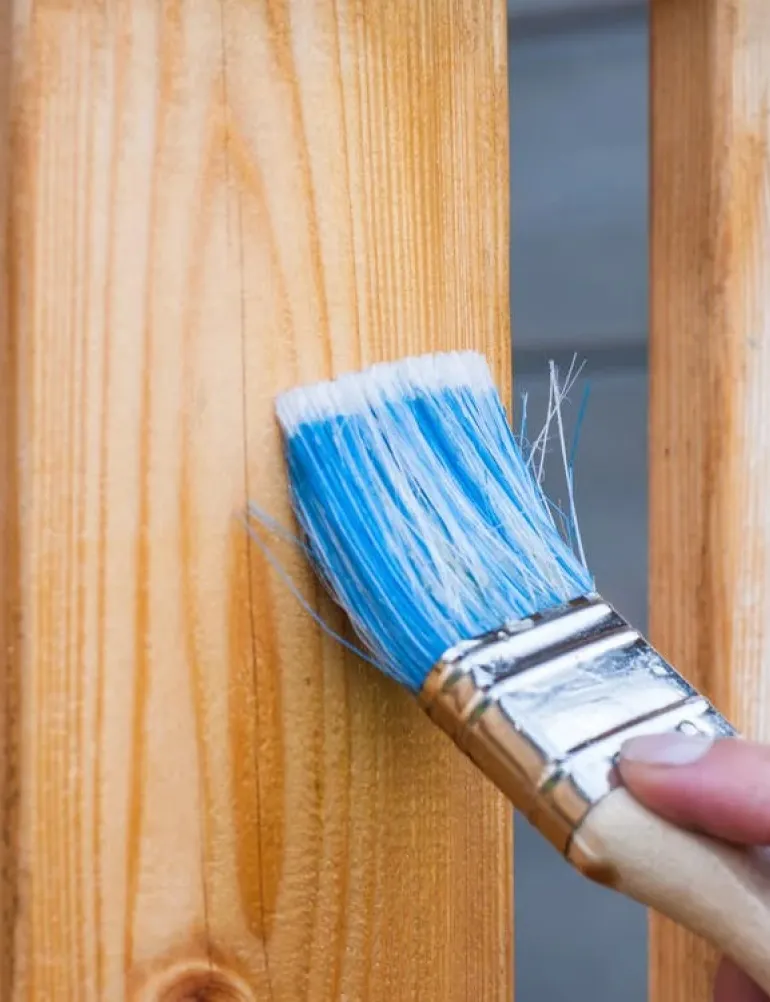
after curing the workpiece, check the appearance (whether it is smooth and bright, there are no particles, shrinkage holes and other defects) and thickness (controlled in 55 ~ 90μm). Repair or re-spray the detected workpieces with leakage, pinholes, bruises, bubbles and other defects.
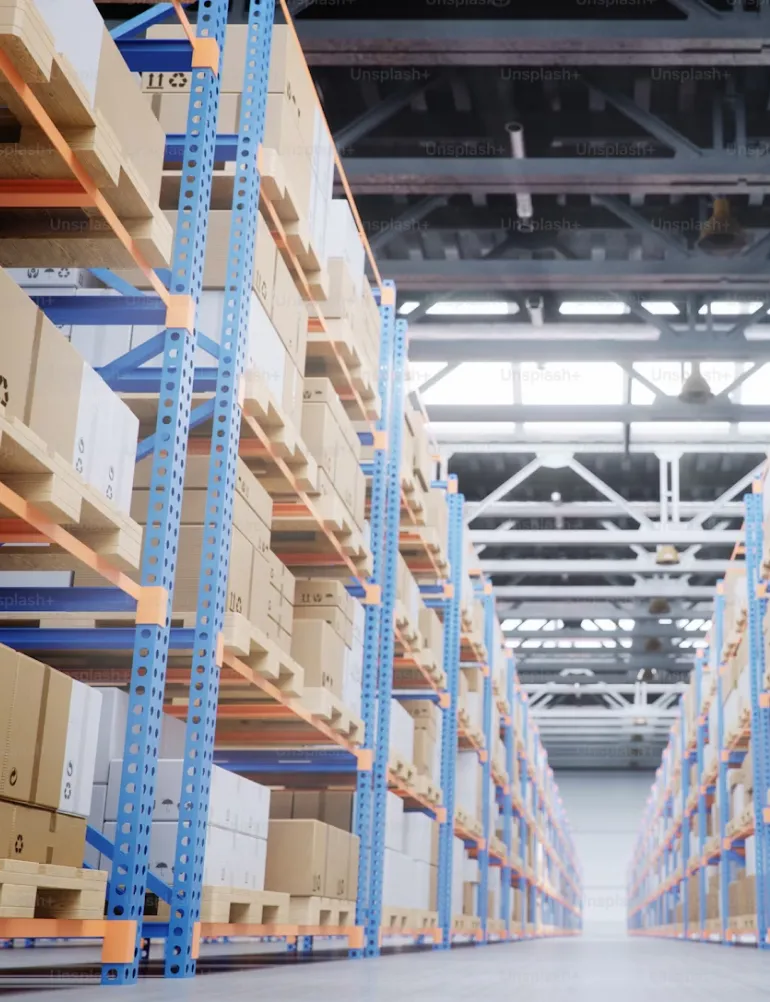
finished products after inspection are sorted and placed in the transport vehicle and turnover box, and are isolated with flexible packaging buffer materials such as foam paper and bubble film to prevent scratches and wear (can be packed according to customer requirements)
Please Leave Us A Message With Your Questions Or Needs